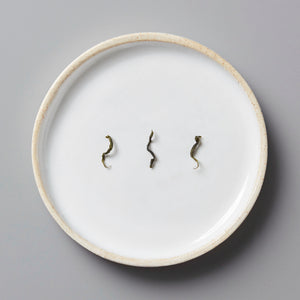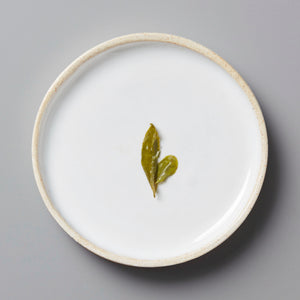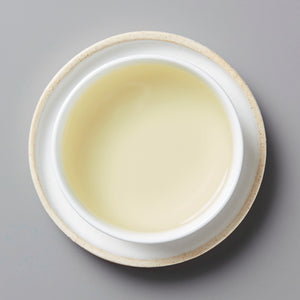Your Cart is Empty



SALE
ANSHUN MAOFENG | green
$5.00 - $64.00
ANSHUN MAOFENG is a maofeng-style green tea from Anshun city, Guizhou province, China. Somewhat atypical for green teas, this lot was rested for 1 year in careful storage; its original, slightly aggressive qualities have settled to excellent effect. Its fresh character, while interesting on the cupping table, was less approachable. This is partly owed to its cultivar, hyper-unique in the maofeng genre: Longjing #43. Called "xin shu" ("new tree") in the longjing world, the cultivar was developed specifically for longjing production, favoring the high aroma and classic sweetness sought after in the style. At Anshun Royal, our farmer-partner in southwestern Guizhou, these trees thrive. Longjing is traditionally a Zhejiang province specialty—and the enterprising producer team at Anshun Royal make no attempts to top it. Rather, they put Longjing #43 material through a classic maofeng process (better favored and long-practiced in Guizhou), giving us an ultra-fine rendition of the original with altogether unique nuances. We've tasted an inordinate amount of experimental teas—many of them collaborations with our producers, in true Hugo fashion—but in ANSHUN MAOFENG, simply using another cultivar (a comparatively basic tweak) brings something very special to the cup. It's our great privilege to share it with you.
Anshun Royal neighbors Huangguoshu waterfall, China's tallest. The region is permeated with flowing rivers and unadulterated mountain springs; these irrigate all the farm's tea trees. The soils are mineral-rich here, and coupled with the high elevation (1300 meters), the farm easily maintains a low-intervention style of agriculture. This means clean, healthy tea trees that produce nutrient-dense tea leaves that let production variables like the unique cultivar and producer technique to more clearly shine in the cup.
This lot was hand-plucked in the last week of March, 2023 at a 1:1 (bud:leaf) standard, withered, pan-fired to fix, and finally dried with no specific shaping process—a hallmark of maofeng. The liquor has a satisfying chew and the expected savory components of this style, but with a particularly dulcet nose that persists longer through repeated steeps and invokes more layers of aromatic complexity than you'll find in common maofeng.
vintage — spring '23
style — maofeng ("fur peak")
cultivar — longjing #43
region —Anshun, Guizhou, China
locale —Anshun Royal Tea Farm
elevation — 1300 meters
producer — J. Yang
nomenclature — maofeng (毛峰)—"fur peak"
STEEPING PARAMETERS
4 grams — 180ºF (82ºC) — 2 minutes
5 grams — 176ºF (80ºC) — 15 seconds
+10 seconds each additional steep
+10 seconds each additional steep



